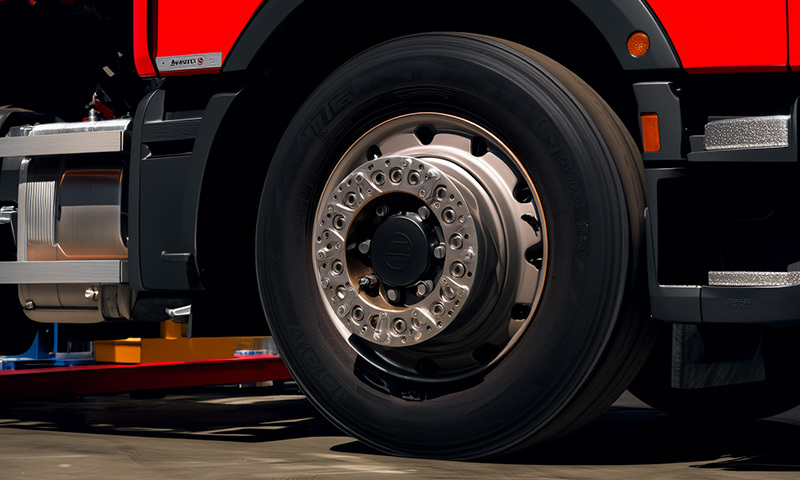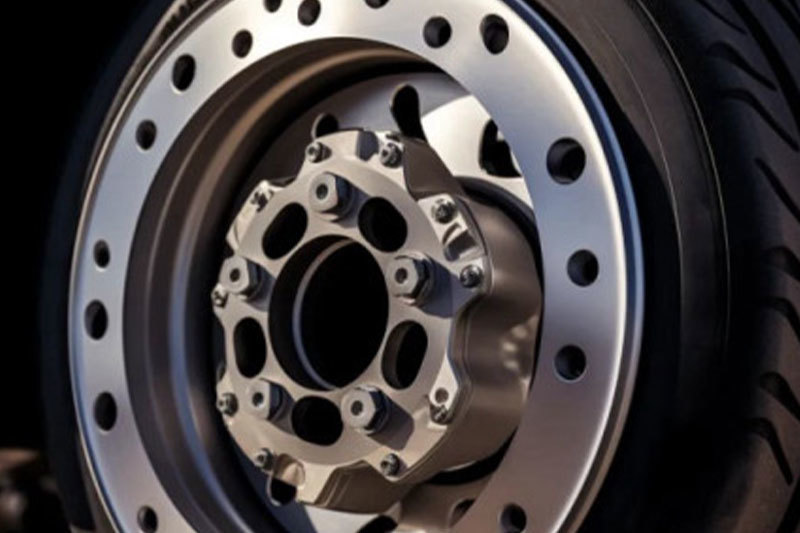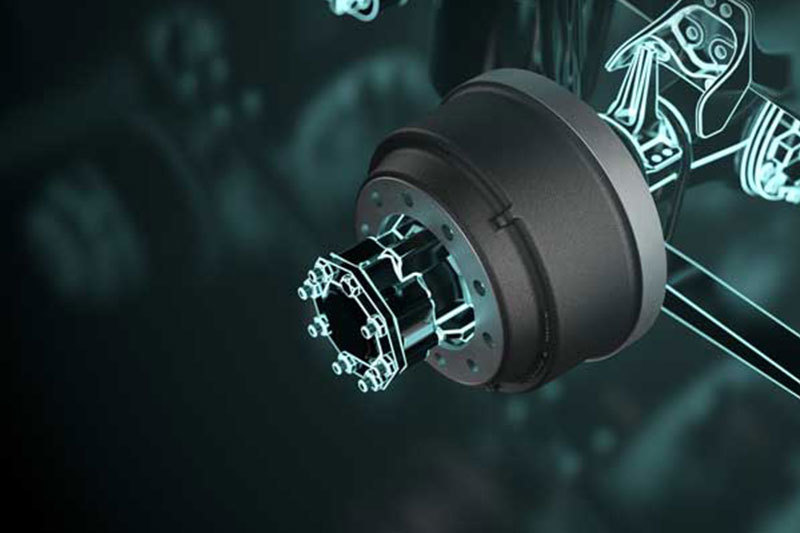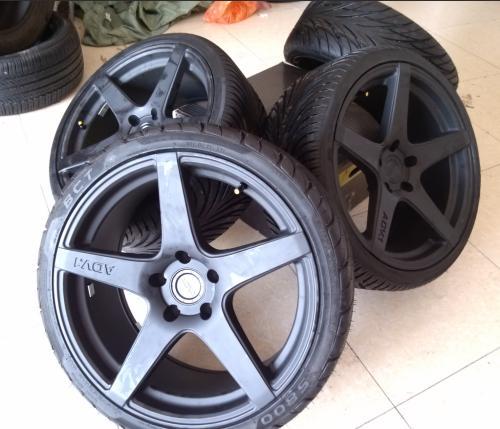Quality requirements for gray cast iron used in brake drums
Release Time:
2025-04-22
During braking, the temperature of the brake drum rises instantaneously, and the generated heat must dissipate quickly. Heat conduction is therefore a crucial property. High thermal conductivity reduces the temperature gradient within the brake drum, minimizing thermal stress and preventing damage caused by thermal stress and fatigue.

Generally, gray cast iron is a suitable material for manufacturing brake drums, but due to the extremely harsh working conditions of brake drums, there are inevitably some special requirements for the gray cast iron used.
1. Carbon content and volume fraction of graphite in the microstructure
Because the temperature of the brake drum rises instantaneously during braking, the heat generated must be dissipated as quickly as possible, and heat conduction is an extremely important property. High thermal conductivity can reduce the temperature gradient in the brake drum, thereby reducing thermal stress and avoiding damage caused by thermal stress and fatigue.
Under laboratory conditions, test results of different materials with the same cyclic temperature change show that the thermal fatigue life of pearlitic ductile iron is higher than that of gray cast iron with a similar matrix structure. However, due to the higher thermal conductivity of gray cast iron, under the same operating conditions, the maximum temperature reached by the gray cast iron brake drum is lower than that of the ductile iron brake drum. At the same time, flake graphite also has the effect of buffering the expansion of the matrix structure, so its actual service life is higher than that of the ductile iron brake drum. Considering the effect of practical application, gray cast iron is generally used instead of ductile iron for brake drums.
The thermal conductivity of cast iron is closely related to the volume fraction of graphite and the size of flake graphite, that is, the higher the amount of flake graphite and the larger the size of the graphite flakes, the higher the thermal conductivity of gray cast iron. Under the same operating conditions, the microstructure can be achieved by lowering the temperature of the matrix, making the overall thermal stress small.
In order to make the microstructure of iron have more graphite flakes to ensure higher thermal conductivity, the carbon content of passenger car brake drums should be above 3.4%, above 3.5% for heavy vehicles, and above 3.7% for heavy vehicle brake drums. This is the primary quality requirement. Under these conditions, the volume fraction of graphite in cast iron is about 11-13%, and the thermal conductivity of cast iron is about twice that of its matrix material.
At present, China has not yet formulated relevant national standards or industry standards. Some cast parts buyers do not have clear requirements for the carbon content of gray cast iron used for brake drums. Many castings only need to meet the gray cast iron grade and ensure the tensile strength of the sample.
Of course, the carbon content should be appropriately controlled between 3.2% and 3.3% to ensure the qualified strength of cast iron. However, this practice cannot guarantee the basic quality requirements of brake drums and is not allowed.
2. Distribution shape and length of graphite flakes
Cracks in gray cast iron develop along the graphite plane, and their direction is not affected by the grain boundaries or pearlite orientation of the metal matrix. The distribution shape of graphite flakes is type A gray cast iron, the graphite flakes in the microstructure are non-directional, and the small cracks generated in the initial stage of fatigue are dispersedly distributed, so it has good resistance to thermal fatigue crack. Therefore, the graphite morphology in the microstructure of brake drum castings should be type A. Type B, D, and E graphite will lead to deterioration of thermal fatigue performance and also reduce the mechanical properties of cast iron.
If the flake graphite is too fine, the thermal conductivity of gray cast iron is low, and the buffering effect of graphite is poor when the matrix expands thermally. Therefore, the graphite flakes in the microstructure of gray cast iron used for brake drums should be relatively thick and not too small, and the length of graphite should be 2~4 or 3~5.
In ASTM A159 "Gray Iron Castings for Automotive Applications", the distribution shape of flake graphite and the length of graphite flakes are specified in detail. The distribution shape of flake graphite should be type A. For gray cast iron with lower strength requirements, the length of graphite flakes is grade 2-4; for gray cast iron with higher strength requirements, the length of graphite flakes is grade 3-5.
3. Matrix microstructure
Because the volume fraction of graphite in cast iron is very large, and the graphite flakes are relatively large, the mechanical properties of cast iron are naturally low. Therefore, the mechanical properties of gray cast iron used as brake parts are not very high. The minimum value of tensile strength is generally 175 MPa, 200 MPa or 250 MPa. So far, no brand requires a tensile strength higher than 300 MPa.
Keywords:
More News













